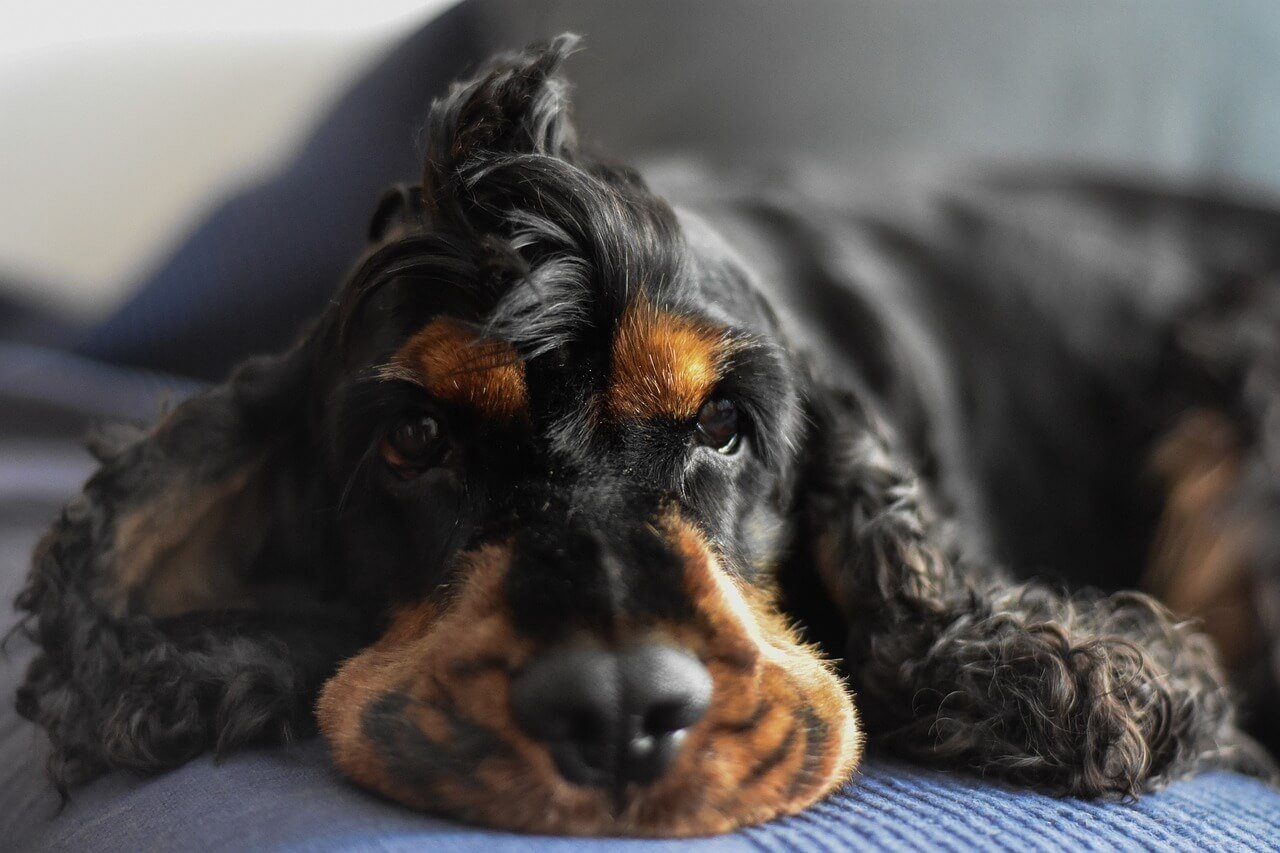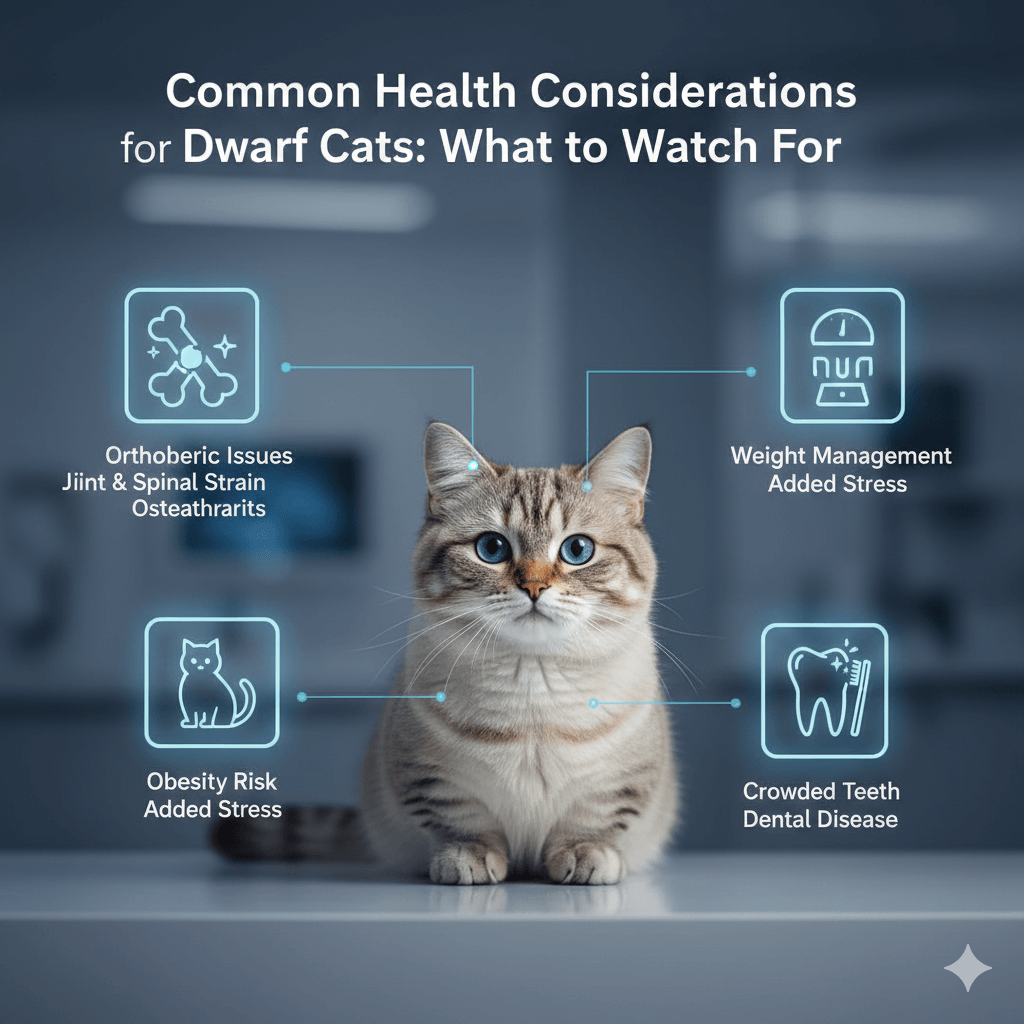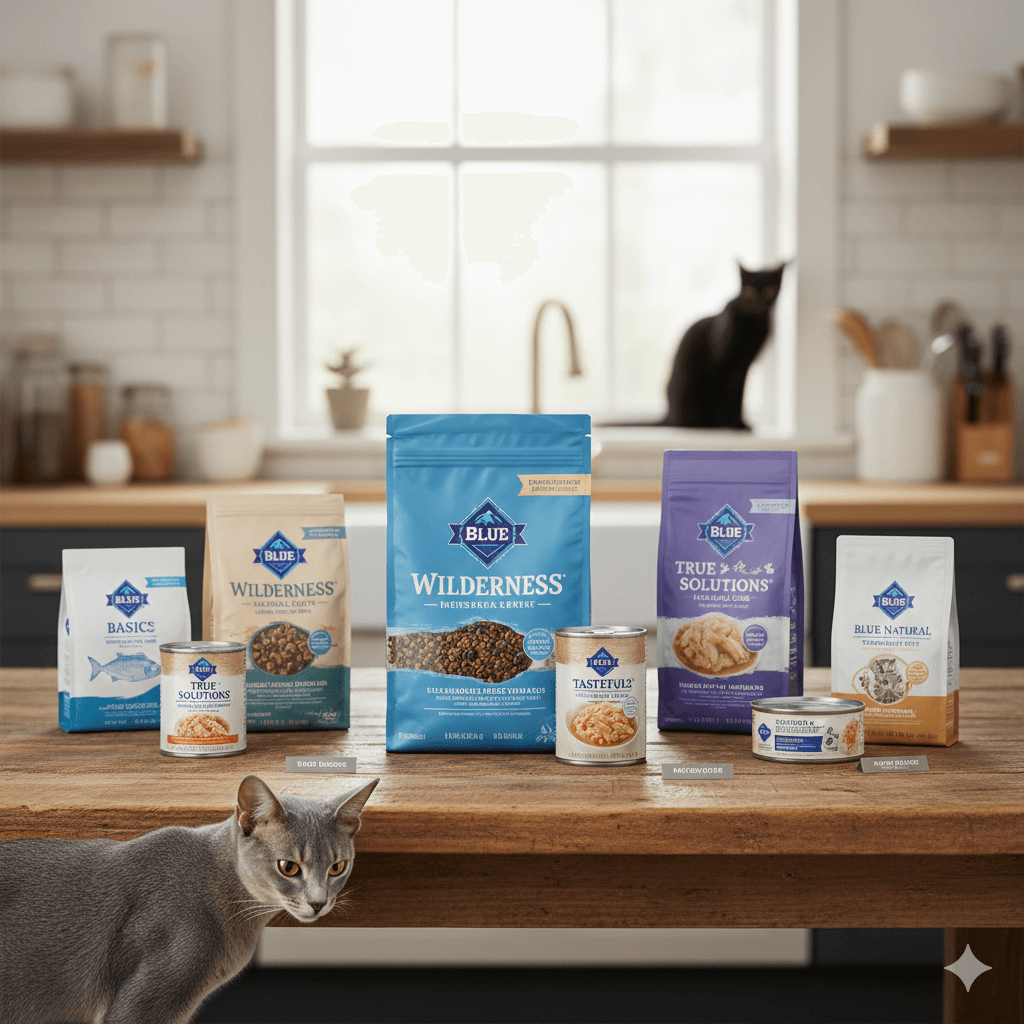Why Does My Dog Lick the Air When I Pet Him?
Have you ever noticed your furry friend licking the air while you’re giving them a good scratch or pat? It’s one of those quirky behaviors that can leave you scratching your own head. While it might seem odd, this behavior is more common than you think and often stems from a mix of emotions, instincts, and even communication cues. In this blog post, we’ll dive deep into why your dog might be licking the air when you pet him, explore possible reasons behind it, and provide insights to help you better understand your canine companion.
Possible Reasons Behind Air Licking During Petting
Dogs communicate in ways that go beyond barking or wagging their tails. Air licking during petting can have several explanations, depending on the context and your dog’s personality. Here are some potential reasons:
Affection and Submission
Dogs often use licking as a sign of affection or submission. Licking the air could be their way of showing they trust and adore you.Overstimulation
Some dogs get overwhelmed by physical touch. If the petting feels too intense, they may lick the air as a coping mechanism.Anticipation of Treats
If your dog associates petting with rewards like treats, they might lick the air out of excitement or expectation.Stress or Anxiety
Air licking can also indicate stress or anxiety. If your dog feels uneasy during petting, this behavior might serve as a self-soothing tactic.Medical Concerns
In rare cases, excessive air licking could point to an underlying health issue, such as nausea, dental problems, or neurological conditions.
Understanding these possibilities can help you identify the root cause of your dog’s behavior. By observing their body language and reactions, you’ll gain valuable clues about what they’re trying to convey.
How to Interpret Your Dog’s Body Language
Deciphering your dog’s behavior requires paying attention to their overall body language. Air licking doesn’t happen in isolation—it’s often accompanied by other signals. Here’s how to interpret what your dog might be telling you:
Relaxed Posture
If your dog’s body is loose and wiggly while licking the air, it likely means they’re enjoying the petting session.Tense Muscles
A stiff or rigid posture could indicate discomfort or overstimulation.Tail Movement
A wagging tail suggests happiness, but a tucked tail might signal fear or unease.Eye Contact (or Lack Thereof)
Avoiding eye contact could mean your dog is feeling shy or unsure, while direct eye contact might reflect trust.Panting or Drooling
Excessive panting or drooling can be signs of stress or excitement, depending on the situation.
By combining these observations with the act of air licking, you’ll have a clearer picture of your dog’s emotional state. Remember, every dog is unique, so take time to learn your pet’s individual quirks.
Check this guide 👉Why Does My Dog Only Eat When Im Home? Best 7 Expert Tips!
Check this guide 👉Why Is My Dog Nipping at Visitors? Best 7 Behavior Tips!
Check this guide 👉Why Does My Dog Eat So Fast? Best 7 Health Tips!

Behavioral Cues | What They Might Mean |
|---|---|
Relaxed posture | Your dog is comfortable and happy. |
Tense muscles | Your dog may feel stressed or anxious. |
Wagging tail | Indicates joy or excitement. |
Avoiding eye contact | Could signify shyness or uncertainty. |
Panting or drooling | May reflect stress, excitement, or thirst. |
Tips for Responding to Air Licking
Once you’ve identified why your dog licks the air during petting, you can adjust your approach to ensure both of you enjoy the interaction. Here are some tips:
Adjust Petting Pressure
If your dog seems uncomfortable, try using lighter touches instead of firm strokes.Pause and Observe
Stop petting momentarily to see if the licking stops. This helps determine whether the behavior is linked to overstimulation.Reward Calm Behavior
Use treats or verbal praise to reinforce calmness and discourage excessive licking.Create a Safe Space
Ensure your dog has a quiet area where they can retreat if they feel overwhelmed.Consult a Vet
If the behavior persists or seems unusual, schedule a check-up to rule out medical issues.
By implementing these strategies, you’ll foster a stronger bond with your dog and create a more positive experience for both of you.
When to Seek Professional Help
While occasional air licking is usually harmless, there are instances where professional guidance is necessary. Consider reaching out to a veterinarian or animal behaviorist if:
The Behavior Is Sudden
If your dog starts licking the air without prior history, it could signal a new issue.It Happens Frequently
Persistent air licking might indicate chronic stress or a medical condition.Accompanied by Other Symptoms
Look for signs like vomiting, lethargy, or changes in appetite, which could point to underlying health problems.Interferes with Daily Life
If the behavior disrupts routines or causes distress, professional intervention may be needed.You’re Unsure of the Cause
When in doubt, consulting an expert ensures you address the issue effectively.
Seeking help early can prevent minor concerns from escalating into bigger challenges.
Behavioral Triggers for Air Licking
Dogs often exhibit air licking as a response to specific triggers in their environment or interactions. These triggers can range from emotional cues to external stimuli. Below are some common behavioral triggers:
Excitement During Playtime
Dogs may lick the air when they’re overly excited, especially during high-energy activities like fetch or tug-of-war.Attention-Seeking Behavior
If your dog has learned that air licking gets them attention, they might use it as a way to engage with you.Response to Strong Scents
Certain smells, such as food or unfamiliar odors, can prompt air licking as a sensory reaction.Confusion or Uncertainty
In situations where your dog feels unsure, air licking might serve as a displacement behavior.Reinforcement Through Rewards
If air licking has been unintentionally rewarded in the past, your dog might repeat it more frequently.
Understanding these triggers can help you manage and redirect the behavior effectively. By addressing the root cause, you can encourage healthier ways for your dog to express themselves.
Training Techniques to Address Air Licking
If your dog’s air licking becomes excessive or disruptive, incorporating training techniques can make a significant difference. Here are some strategies to consider:
Positive Reinforcement
Reward your dog with treats or praise when they remain calm during petting sessions.Desensitization Exercises
Gradually expose your dog to situations that trigger air licking, starting with low-intensity scenarios.Redirecting Focus
Use toys or commands to shift your dog’s attention away from licking behaviors.Consistent Commands
Teach a “no lick” or “settle” command to help your dog understand when licking is inappropriate.Practice Patience
Training takes time, so remain patient and consistent in reinforcing desired behaviors.
With dedication and consistency, these techniques can help curb unwanted air licking while strengthening your bond with your dog. Remember, progress may be gradual, but every step counts.
Environmental Factors Influencing Air Licking
Your dog’s surroundings can play a significant role in triggering air licking behaviors. Identifying and modifying environmental factors can reduce the frequency of this quirky habit. Consider the following points:
Household Stressors
Loud noises, frequent visitors, or chaotic environments can make your dog feel uneasy, leading to air licking.Boredom or Lack of Stimulation
Dogs with insufficient mental or physical activity may develop repetitive behaviors, including air licking.Presence of Other Pets
Interactions with other animals, whether positive or negative, can influence your dog’s licking habits.Temperature Changes
Extreme heat or cold might cause discomfort, prompting unusual behaviors like air licking.Unfamiliar Objects or Surfaces
New items in your home, such as furniture or cleaning products, could trigger sensory reactions in your dog.
By creating a calm, enriching environment, you can minimize stressors that contribute to air licking. Small adjustments to your dog’s surroundings can lead to big improvements in their overall well-being.
Frequently Asked Questions About Air Licking in Dogs
Is air licking always a bad sign?
No, air licking isn’t inherently negative. It can simply be a quirky habit or a form of communication. However, persistent or unusual licking warrants investigation to rule out underlying issues.
Can diet affect air licking?
Yes, certain foods or nutritional deficiencies might contribute to excessive licking behaviors. For example, an upset stomach or food allergies could trigger air licking. Consult your vet for dietary advice if you suspect a connection.
Does air licking mean my dog is stressed?
Not always. While stress or anxiety can cause air licking, it can also occur due to excitement, affection, or anticipation. Observing your dog’s body language and environment will help you determine the cause.
Should I stop my dog from licking the air?
If the behavior is occasional and doesn’t seem to bother your dog, there’s no need to intervene. However, if it becomes frequent or disruptive, addressing the root cause is important for your dog’s well-being.
Could air licking indicate a medical issue?
In some cases, yes. Conditions like nausea, dental problems, or neurological disorders might lead to excessive air licking. If you notice other symptoms or changes in behavior, consult your veterinarian promptly.
Final Thoughts: Strengthening Your Bond Through Understanding
Dogs are complex creatures with unique ways of expressing themselves. Whether your pup licks the air out of affection, excitement, or stress, understanding the reason behind it brings you closer together. By observing their cues, adjusting your interactions, and seeking professional advice when needed, you can ensure your dog feels safe, loved, and understood. Remember, every quirk adds to the charm of having a four-legged friend by your side. Keep nurturing that special connection—you’ll both be happier for it!
Is Royal Canin Good Cat Food? Best 7 Expert Tips! Learn the truth about this brand & get vet-approved advice on feeding, ingredients, and tailored formulas.
Dwarf Cat Lifespan: Best 7 Expert Tips! Discover how to ensure a long, healthy, and happy life for your short-legged feline companion.
Blue Buffalo Cat Food: Best 7 Expert Tips! Discover how to choose the right formula, feeding strategies, and nutritional benefits for your feline friend.
Canned Pumpkin for Cat Diarrhea: Best 7 Expert Tips! Natural remedy to firm stools, soothe upset bellies, and support gut health safely.





